| | My blog entry from January 19th dealt with creating patina test strips. These strips can be particularly helpful when trying to choose a patina application for a bronze sculpture that has a variety of textured surfaces. Sometimes a patina that works on one piece can need some tweaking to be used successfully on something else that has a different surface quality. For instance, I used ferric nitrate to patina the large frog in 'After Dark' and sealed it with hot Butcher's wax. It worked very well on textured portions as well as on the smooth underbelly of the frog. I also used ferric nitrate on my bronze 'Relief' but wanted to achieve a patina that had more depth and variety. I lightly steel wooled the surfaces, then I heated the surface and applied a solution of ammonia, vinegar and salt over the layer of ferric nitrate. I lightly steel wooled it again, allowing the green tones to remain in the recessed areas and, having achieved the desired patina, sealed it with Butcher's wax. Cupric nitrate is another chemical that I have used and manipulated with success on textured surfaces. I applied it with heat to my bronze 'Self Portrait', then steel wooled the raised surfaces leaving the green color in the recesses. This toned down the yellowness of the bronze surfaces while adding an effective weathered verdigris color in and around the areas of hair. I also used cupric nitrate on 'Femme Verte', but I added an application of a heated solution of ammonia, vinegar and salt to tone down the green. This not only resulted in very effective coloring on the surface of the figure, but it also strengthened the visual impact of the texture of the base. The solution had pooled in the nooks and crannies and created a soft blue-green verdigris. After the piece was sealed with heated Butcher's wax the colors darkened slightly, producing a patina that exceeded my expectations. | |
|
0 Comments
|
AuthorCynthia Smith, Maine artist, originally from Connecticut. Taught art at secondary level for 35 years, retired in 2004. Sculpts in bronze, wood, stone, clay & plaster. Her work can be seen at several mid-coast Maine galleries and shows. Archives
June 2023
|
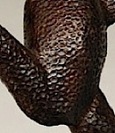
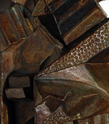
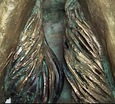
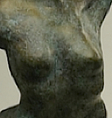


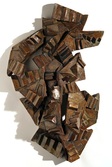


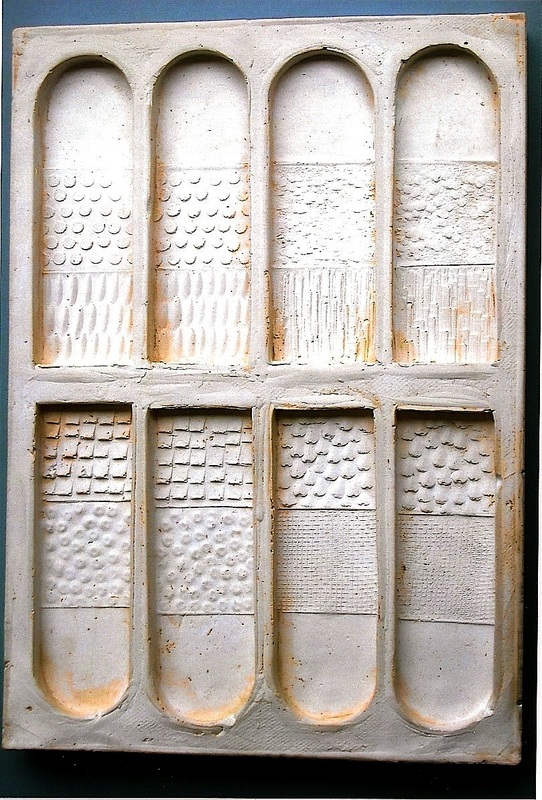
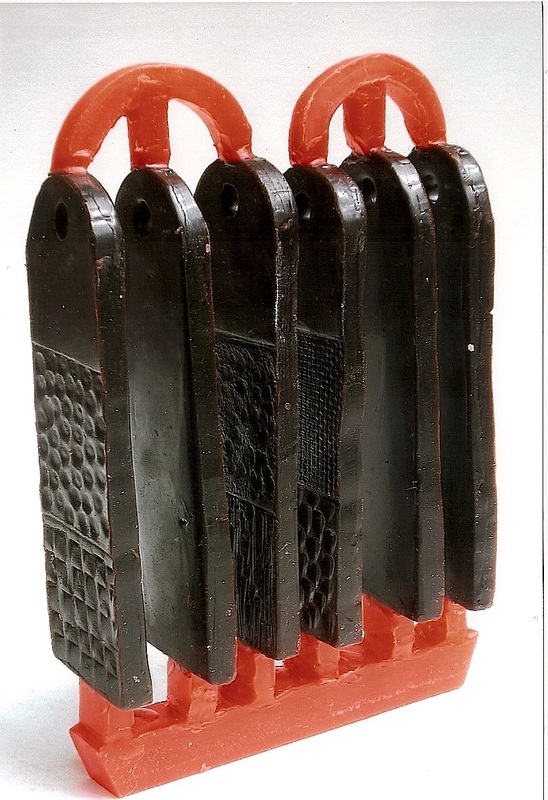
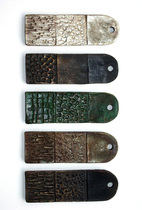
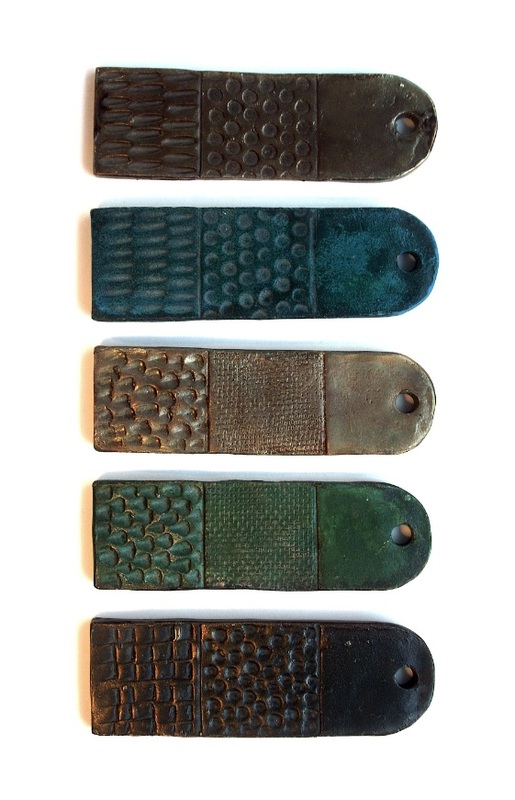


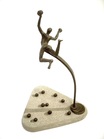
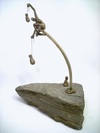
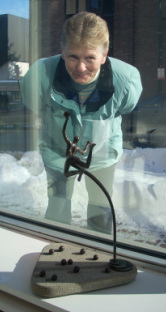
 RSS Feed
RSS Feed